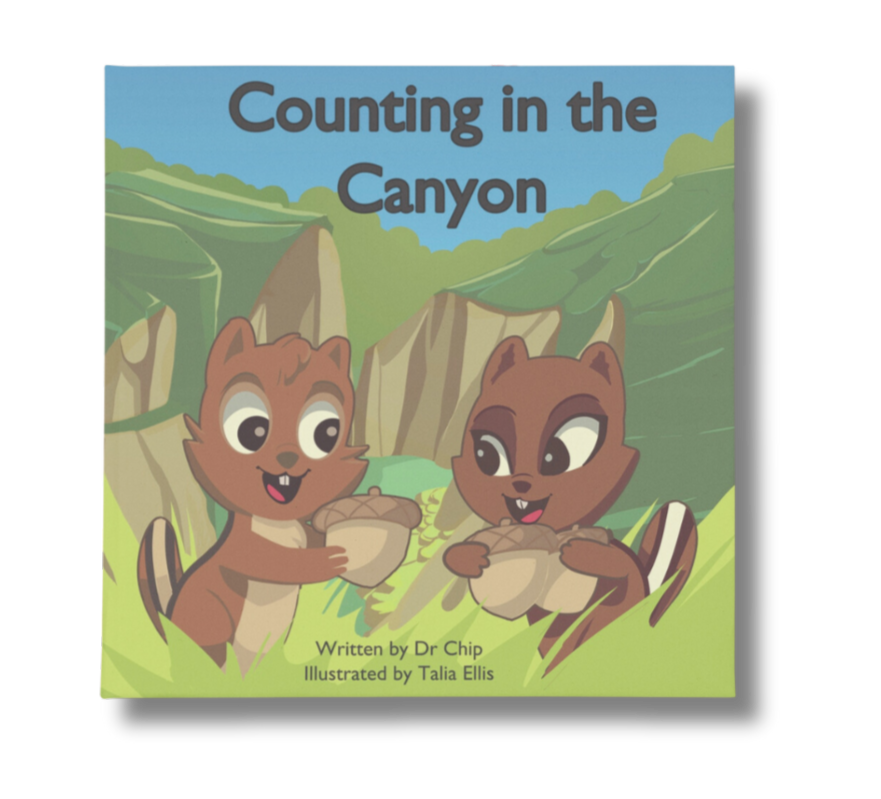Your basket is empty
Already have an account? Log in to check out faster.
Already have an account? Log in to check out faster.

When a lost boy finally battles a pirate, when a young girl magically transforms into a princess and her mice turn into horses and a pumpkin becomes her carriage—stories like these emerge from a child's imagination. And it all starts with simple things: a stick that becomes a wand or a sword, a space underneath the trees that transforms into a magical secret hideout, a rock that holds the power to grant wishes.
Children don't need elaborate playgrounds or expensive equipment to have grand adventures in the backyard. They need imagination, a little inspiration, and permission to get creative with everyday items. The best backyard adventure zones aren't built with specialty equipment—they're created by reimagining the ordinary things already sitting in your garage, closet, or storage shed.
The secret lies in looking at familiar items through the lens of possibility rather than practicality. That old wooden ladder propped against the wall can become a bridge over an imaginary river. Those plastic storage bins suddenly transform into boats, hideouts, or stepping stones across hot lava. A collection of blankets becomes the foundation for forts, caves, and cozy reading nooks under trees.
Research shows that nature builds resilience in kids in remarkable ways, and you don't need acres of wilderness to provide those benefits. Your own backyard, when transformed with creativity and simple props, becomes the perfect laboratory for outdoor play, problem-solving, and imaginative adventures.
Outdoor play spaces encourage children to move their bodies, make decisions, and engage with the natural world in ways that indoor activities simply can't match. When children have designated adventure zones in their own backyards, they're more likely to choose outdoor play over screen time.
Before pulling things from storage, take a fresh look at your backyard's natural features. Trees can anchor reading nooks, support pulley systems for "sending messages," or provide shade for outdoor art stations. Slightly uneven ground becomes perfect terrain for obstacle courses. Even plain patches of dirt become valuable real estate when children decide they're excavation sites or mud kitchens.
Natural materials already present in your yard offer endless possibilities. Rocks mark territory boundaries, create patterns, or become collectibles for sorting games. Sticks transform into wands, fishing poles, or building materials. Leaves become currency, art supplies, or natural confetti. The magic isn't in having special materials—it's in giving children permission to use ordinary nature in extraordinary ways.

Old blankets tucked away in the linen closet are adventure zone essentials. Drape them over patio furniture to create caves and forts. String them between trees for instant canopies. Spread them on the ground to designate different zones—maybe one blanket marks the safe base, another becomes the trading post, and a third transforms into a resting area.
Large sheets work beautifully as parachutes for group games or can be tied to create boundaries between different adventure areas. Worn comforters make cozy outdoor reading spots when placed under trees, perfect for enjoying nature-themed books like "A New Home for Timothy Acorn" or "Counting in the Canyon".
Cardboard boxes become boats, race cars, stores, puppet theaters, or secret hideouts depending on the day's adventure theme. Large appliance boxes can be cut and arranged to create tunnels, while smaller boxes transform into props, building blocks, or treasure chests.
The beauty of cardboard is its impermanence—children can paint it, cut it, tape it together, and transform it repeatedly. When it falls apart from weather or rough play, simply recycle it and start fresh with the next delivery.
Mismatched storage bins, old buckets, and plastic containers gathering dust in the garage are adventure zone staples. Use them as stepping stones for balance challenges, fill them with water for washing stations in mud kitchens, or turn them upside down as drums for backyard bands.
Smaller containers become collection vessels for nature treasures discovered during backyard explorations. Children love gathering acorns, interesting rocks, or leaves in their collection buckets, sorting them by size, color, or type.
Tangled rope in the garage transforms backyards into adventure zones. Create simple zip lines for toy transport, string up obstacle courses to crawl under or step over, or tie rope between trees for balance beam walking (keep it low and supervised).
Clothesline works beautifully for creating boundaries, hanging artwork, or establishing different play zones. Bungee cords secure blankets, tarps, or cardboard structures without requiring complicated knots.
These summer staples have year-round adventure potential. Pool noodles become limbo bars, sword-fighting equipment (supervised, of course), or markers for obstacle courses. Cut them into rings for tossing games or use them whole as tunnel supports.
Hula hoops mark territories, create jumping challenges, or become the frames for homemade dream catchers when combined with string and natural materials.
The key to truly engaging backyard adventure zones is variety. Children need different types of play spaces that support various activities and energy levels.
Designate one area for high-energy activities. Use chalk to draw hopscotch grids or create obstacle courses with items like hula hoops, pool noodles, and traffic cones. An old ladder laid flat becomes agility training equipment. Empty plastic bottles filled with sand make perfect bowling pins.
This zone should be relatively open, allowing children to run, jump, and move freely without obstacles. Position it away from delicate plants or areas where enthusiastic play might cause damage.
Set up a space for artistic expression using an old tablecloth or shower curtain as a drop cloth. Bring out sidewalk chalk, washable paints, and paper. An old muffin tin becomes a paint palette. This area works best near the house for easy access to water and supplies.
Consider adding an outdoor chalkboard made from a painted piece of plywood or simply letting children draw directly on fences or patio concrete with washable chalk.
Create a dedicated space for exploring natural treasures. Set up a small table or use an overturned storage bin as a surface for examining leaves, rocks, insects, and other discoveries. Provide magnifying glasses (even cheap ones work great), collection containers, and perhaps a simple field guide.
This zone encourages the kind of careful observation and wonder that nature-based storytelling builds upon. When children spend time really looking at natural objects, they develop deeper connections to the outdoor world.
Every adventure zone needs a calm space for rest and reflection. Create a cozy reading corner under a tree using blankets, pillows, and perhaps a small bookshelf or basket of nature-themed books. This becomes the perfect spot for cooling down after active play or for quiet imaginative play.
String up some wind chimes or hang lightweight fabric to create gentle movement and sound. Add some stuffed animals or outdoor-safe cushions to make it extra inviting.
The beauty of creating adventure zones with items you already own is the ability to change things regularly. Rotating materials and reorganizing spaces keeps the backyard feeling fresh and exciting. What serves as a boat this week might become a store next week and a spaceship the week after.
Pay attention to how children actually use the space. If they never play in the designated art corner but constantly build forts in the spot you'd planned for active play, adjust accordingly. The best adventure zones evolve based on children's interests and play patterns.
While adventure zones should encourage reasonable risk-taking and independence, safety remains important. Ensure structures are stable, keep rope and string high enough to prevent tripping hazards, and supervise activities involving climbing or balance challenges. Check that cardboard and fabric items are positioned away from grills or fire pits.
Regularly inspect items for wear and tear, replacing or removing anything that's become unsafe. Sharp edges on deteriorating cardboard or frayed ropes should be addressed promptly.
Once your adventure zone is established, step back and let children lead their play. Resist the urge to direct every activity or create elaborate scenarios for them. The goal is fostering independence, creativity, and problem-solving skills.
Provide loose parts and open-ended materials, then watch what children create. Their imaginative play often surpasses anything adults might plan. When they're deeply engaged in outdoor play, they're building the kind of resilience and creativity that serves them throughout life.
Creating a backyard adventure zone doesn't require a budget or a trip to the store. It requires looking at familiar items with fresh eyes and giving children the freedom to transform ordinary objects into extraordinary play opportunities. With blankets, boxes, rope, and imagination, any backyard becomes a landscape for adventure, learning, and the kind of outdoor play that builds healthy, resilient children.
Looking to extend your backyard adventures into story time? Our nature-themed books like "A New Home for Timothy Acorn" and "Counting in the Canyon" help children connect their outdoor discoveries to engaging narratives, reinforcing the wonder they experience in their own backyard adventure zones.

